The Science Behind Renewable Energy Sources
Introduction
Renewable energy sources are forms of energy that are replenished naturally within a human timescale. They are often referred to as sustainable or green energy sources due to their minimal impact on the environment compared to traditional fossil fuels. This article will delve into the science behind the most common types of renewable energy sources including solar, wind, hydroelectric, geothermal, and biomass energy.


Solar Energy
Solar energy harnesses the power of the sun's rays to generate electricity or heat. This is primarily done through the use of photovoltaic cells, which convert sunlight directly into electricity.
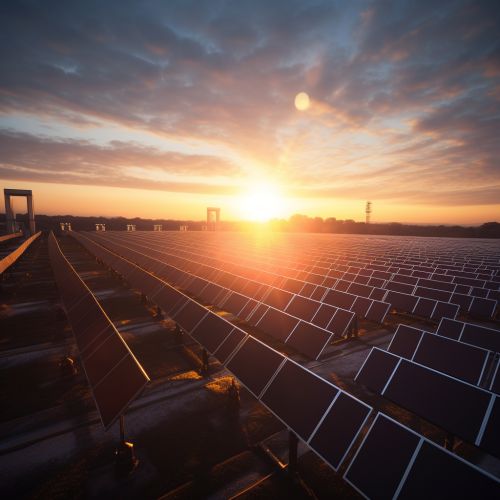
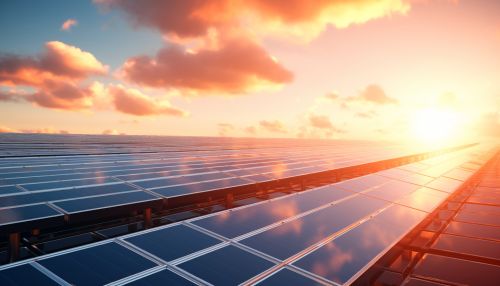
Photovoltaic Effect
The photovoltaic effect is the process by which a photovoltaic cell converts sunlight into electricity. When photons from the sun's rays hit the cell, they excite the electrons in the cell's semiconductor material, causing them to move. This movement of electrons creates an electric current, which can be harnessed and used as electricity.
Wind Energy
Wind energy utilizes the power of the wind to generate electricity. This is typically achieved through the use of wind turbines, which convert the kinetic energy of the wind into mechanical energy. This mechanical energy is then converted into electrical energy through an electric generator.
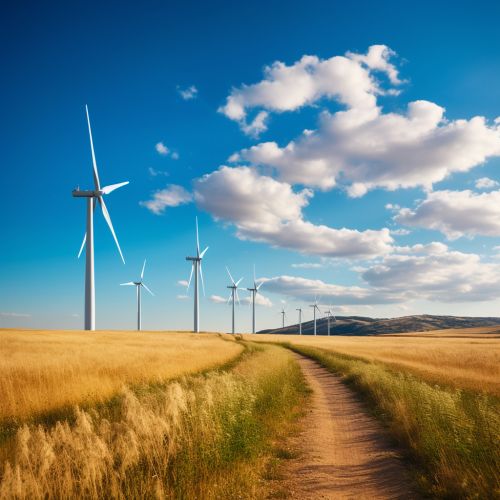
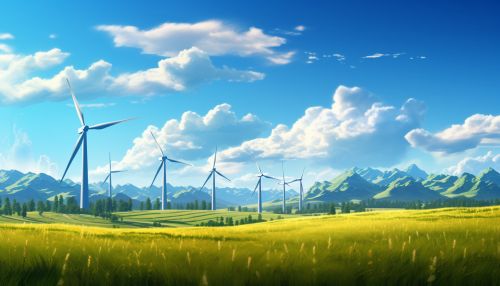
Aerodynamics of Wind Turbines
The aerodynamics of wind turbines play a crucial role in their efficiency. The blades of a wind turbine are designed to capture as much wind energy as possible. As the wind blows, it creates a lift force on the blades, causing them to rotate. This rotation drives a shaft that is connected to a generator, where the mechanical energy is converted into electricity.
Hydroelectric Energy
Hydroelectric energy is generated by harnessing the power of moving water. This is most commonly achieved through the use of a hydroelectric dam, which uses the potential energy of a reservoir of water to generate electricity.


Hydroelectric Power Generation
In a hydroelectric dam, water from the reservoir is released through large pipes called penstocks. The force of the falling water spins the blades of a turbine, which is connected to a generator. The generator then converts the mechanical energy into electricity.
Geothermal Energy
Geothermal energy is generated by harnessing the heat from the earth's interior. This heat can be used directly for heating purposes or can be converted into electricity through the use of a geothermal power plant.
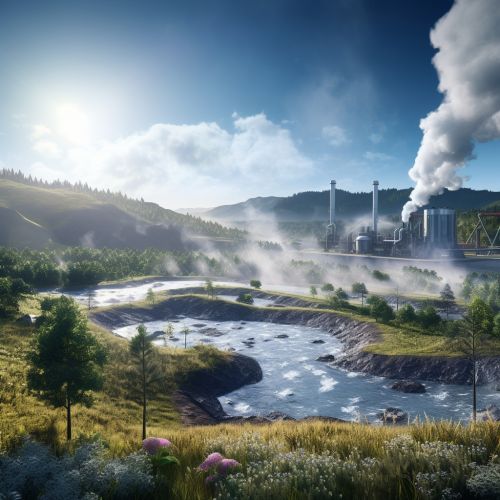

Geothermal Power Generation
In a geothermal power plant, heat from the earth's interior is used to heat water, creating steam. This steam is then used to spin a turbine, which drives a generator to produce electricity.
Biomass Energy
Biomass energy is generated by burning organic materials such as wood, agricultural waste, and other plant material. The heat produced from this combustion can be used directly for heating or can be converted into electricity through a biomass power plant.

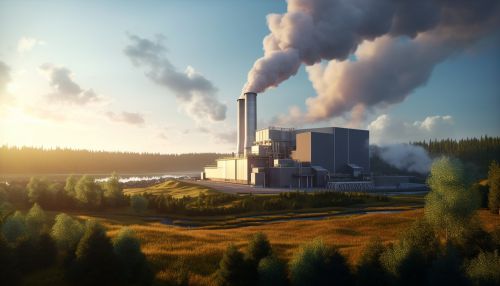
Biomass Combustion
In a biomass power plant, organic material is burned to produce heat. This heat is used to boil water, creating steam. The steam then drives a turbine, which is connected to a generator that produces electricity.
